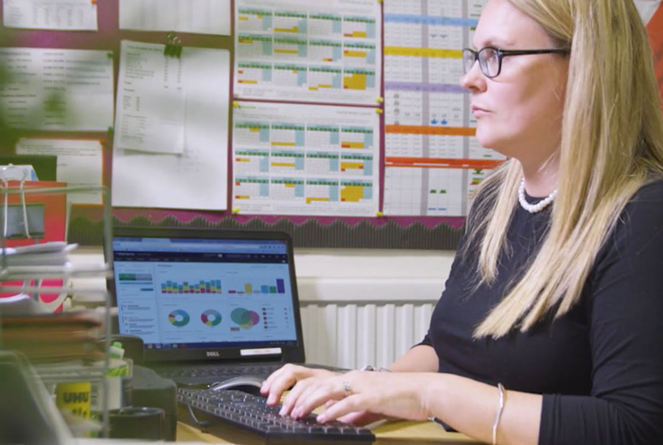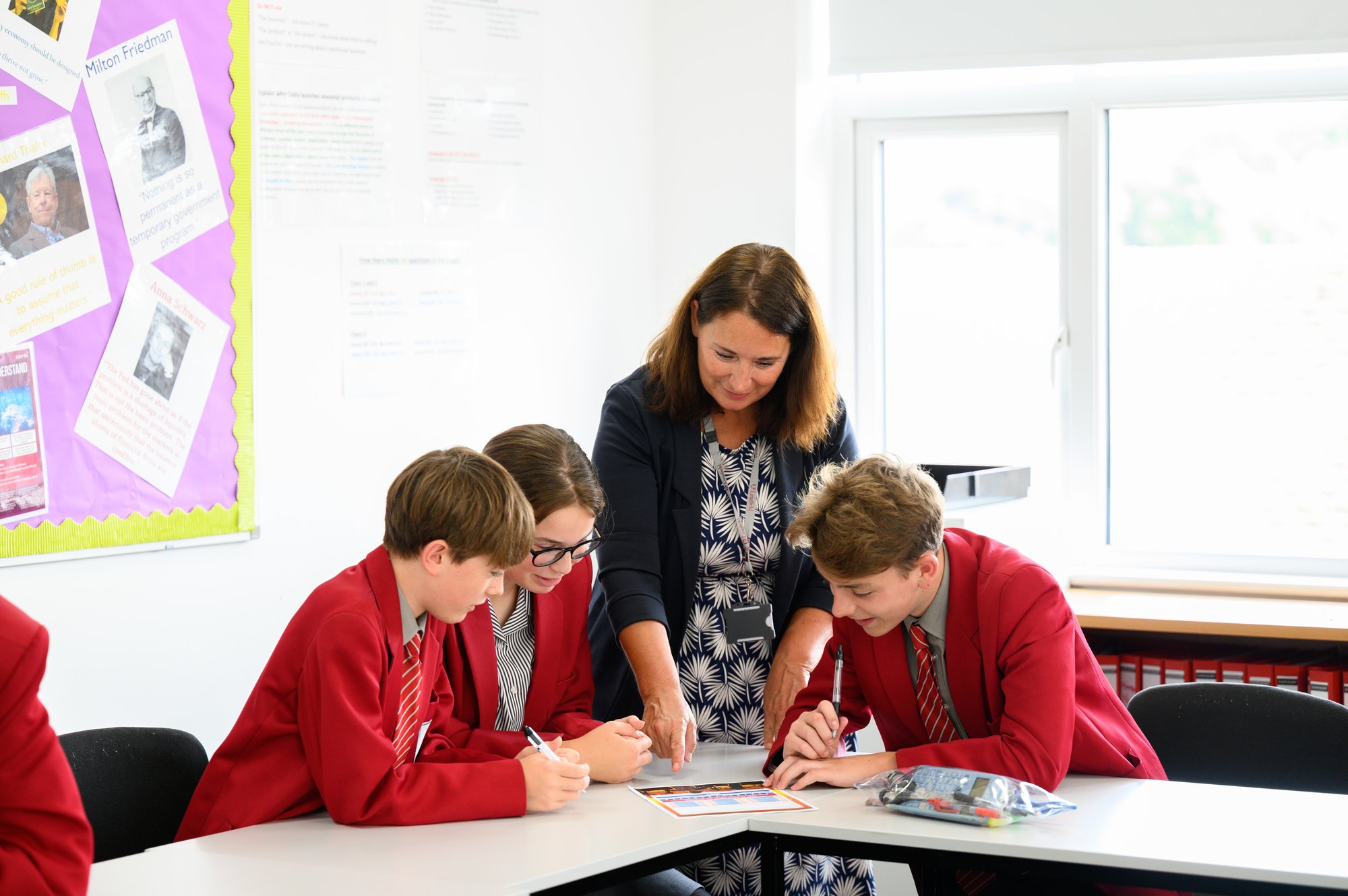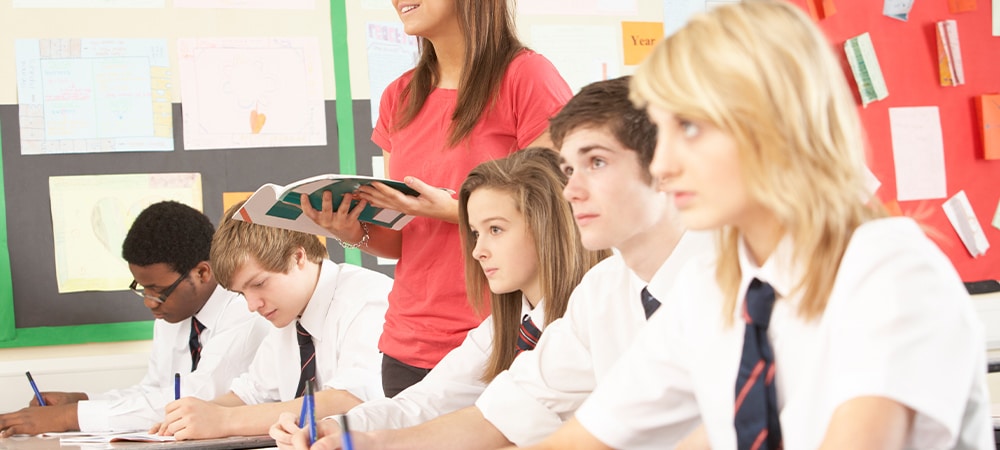From the beginning of a teacher’s career all the way through to the end, teacher observations can provide valuable insights that can support their development.
However, for observations to be useful, they must be conducted correctly, thoroughly, and professionally whilst minimising stress for the staff member being observed. In this blog, we’ll take a look at what good teacher observation looks like, how beneficial it can be to get it right, and how technology can help improve the process.

What is teacher observation?
Teacher observation involves teachers sitting in on classes run by their colleagues to see their practice, either as part of a formal review structure or informally to aid development. Observation can take into account timing and scheduling, student participation, teaching strategies, management strategies and a host of other areas. The observation should then generate some constructive feedback that can help the teacher being observed improve their skills and practice for the future.
What should you look for when observing a teacher?
When conducting the observation itself, there are many different things that can be evaluated, most of which can be grouped into four categories:
- Planning: has a lesson been clearly planned out with appropriate objectives, a clear pathway for reaching them, and supported by all necessary materials?
- Relationships: has the teacher built a rapport with students, knows all their names, and can effectively respond to issues?
- Management: are instructions during the lesson clear? Is the lesson well-timed with enough space for ideas to develop? Is student interest being maintained in an environment which lends itself to learning?
- Technique: are teachers striking the right balance with student interaction? Are teachers using questioning skills to ensure students are attentive and engaged? Are teachers helping pupils build on their prior knowledge? Do teachers have the appropriate subject knowledge? Is the information on the board clear? Do students have the ability to discuss ideas between each other? Are errors corrected as soon as is practical?
It is vital, however, that observations are approached and conducted in a positive, constructive manner. Some teachers can be sensitive about observation and feel like they’re being put under pressure or that an observer is actively looking for mistakes or problems. Teachers must feel that the process is for their benefit, and so feedback should focus on practical ways to improve rather than focusing solely on areas of concern.
What are the benefits of teacher observation?
Good teacher observation is beneficial not only for the teacher being observed but also for the observer and the school.
Teachers get a chance to take a step back and get an objective view of their classes. They can get suggestions and new ideas from a colleague on where to make improvements, supporting their personal development and growth. Furthermore, in a culture where all teachers take turns to observe one another, they can take part in a strong learning community that can improve student outcomes.
Meanwhile, observers can benefit if they see new techniques or ideas that they can introduce into their own lessons. They can also observe the differences in how students react to different methods and gauge how different approaches work in achieving lesson objectives.
How can you maximise those benefits?
Observation is an important part of the wider professional development process that can be time-consuming and come with large quantities of admin and paperwork. This can be difficult for already time-poor teachers and line managers to stay on top of, but technology can help make it faster, easier and more transparent:
- Digitised information: with all data and observation remarks stored within the system, paperwork is reduced and teachers can more easily chart their progression over time
- Record sharing: observation remarks can be shared between teachers, helping open a professional dialogue and foster a collaborative culture of development
- Reporting: analysing observation data enables the creation of reports, tracking performance at overall school or individual teacher levels
- Customisable templates: the most relevant information to a school’s processes can be pinpointed and put in sharper focus.


/Primary%20school%20.jpg?width=2000&name=Primary%20school%20.jpg)








.png?width=940&height=788&name=Lingfield%20College%20Case%20Study%20(5).png)
-1.png?width=1000&height=833&name=National%20Association%20of%20Head%20Teachers%20(3)-1.png)
-3.png?width=1080&height=1080&name=Untitled%20design%20(10)-3.png)







